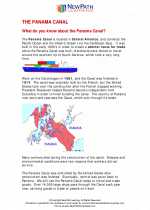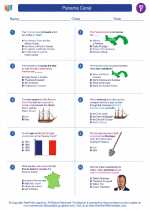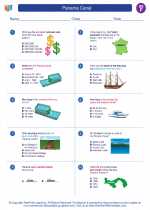Hawaiian Islands
Introduction
The Hawaiian Islands are a group of volcanic islands located in the central Pacific Ocean. There are 8 main islands, each with its own unique features and attractions.
Geography
The main Hawaiian Islands are:
- Hawaii (The Big Island) - The largest and youngest island with active volcanoes
- Oahu - Home to the state capital, Honolulu, and famous Waikiki Beach
- Maui - Known for its stunning beaches and the Haleakalā National Park
- Kauai - Often called the "Garden Isle" due to its lush green landscapes
- Molokai - A place of natural beauty and rich Hawaiian culture
- Lanai - Once known for its pineapple plantations, now a luxury resort destination
- Niihau - Known as the "Forbidden Isle" and largely privately owned
- Kahoolawe - Uninhabited and once used for military training
History
The Hawaiian Islands were originally settled by Polynesians who arrived in canoes around 300-500 AD. In 1778, British explorer James Cook arrived, leading to significant changes in Hawaiian society. The islands were later unified into a single kingdom under King Kamehameha I in 1810. In 1898, Hawaii was annexed by the United States and later became the 50th state in 1959.
Culture
The Hawaiian culture is rich and diverse, with influences from Polynesia, Asia, and the United States. Key aspects of Hawaiian culture include hula dancing, traditional music, language, and the concept of aloha (love, affection, peace, compassion). Hawaiian culture also emphasizes the importance of respecting the land and nature.
Ecology
The Hawaiian Islands are home to a diverse range of ecosystems, including rainforests, coral reefs, and unique flora and fauna. The islands are known for their endemic species, many of which are endangered due to habitat loss and invasive species. Efforts are being made to protect and conserve the natural environment of the islands.
Study Guide Questions
.◂Social Studies Worksheets and Study Guides Sixth Grade. Panama Canal

 Worksheet/Answer key
Worksheet/Answer key
 Worksheet/Answer key
Worksheet/Answer key
 Worksheet/Answer key
Worksheet/Answer key
